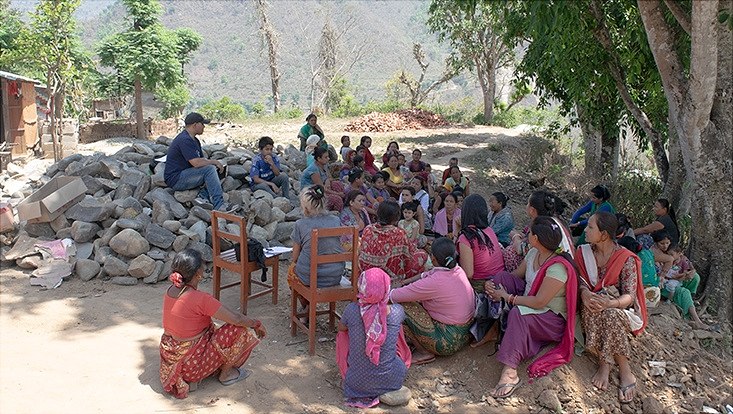and Society (CLICCS)
Drawing on Local Climate Knowledge for Adaptation and Protection
23 March 2022, by Julika Doerffer

Photo: Prem Raj Neupane
In countless regions around the globe, many people’s livelihoods depend on natural resources, and some also face poverty. In such cases, the effects of climate change are especially serious.
In Nepal, Dr. Prem Raj Neupane and Kumar Darjee conducted interviews in 337 households located near six meteorological monitoring stations. The forestry researchers asked the interviewees to share their views on climate change and how they can recognize its effects.
Those living in a low-lying region reported that they were now bringing in their rice harvest in the last week of September – instead of early November, as was the tradition – in response to rising temperatures. Further, they claimed, rainfall was much less dependable than in the past. As a result, 67 percent had since abandoned rice farming. Among interviewees from a mountainous region, 66 percent reported that many of the local summits now remained snow-free throughout the year. And the meteorological data confirms that local temperatures rose by 1.9 degree Celsius on average between 1988 and 2018.
As such, there are many observations of nature that match scientifically measured climate changes. When combined with the adaptations that have already been implemented, they provide a much more accurate picture of these populaces’ realities than data alone. Accordingly, they should be used together as a basis for adaptation and protection measures.
CLICCS Quarterly
The article was published in CLICCS Quarterly, the news from the Cluster of Excellence every three month. Find full issue -> here.
Research paper: https://doi.org/10.1175/WCAS-D-21-0081.1


